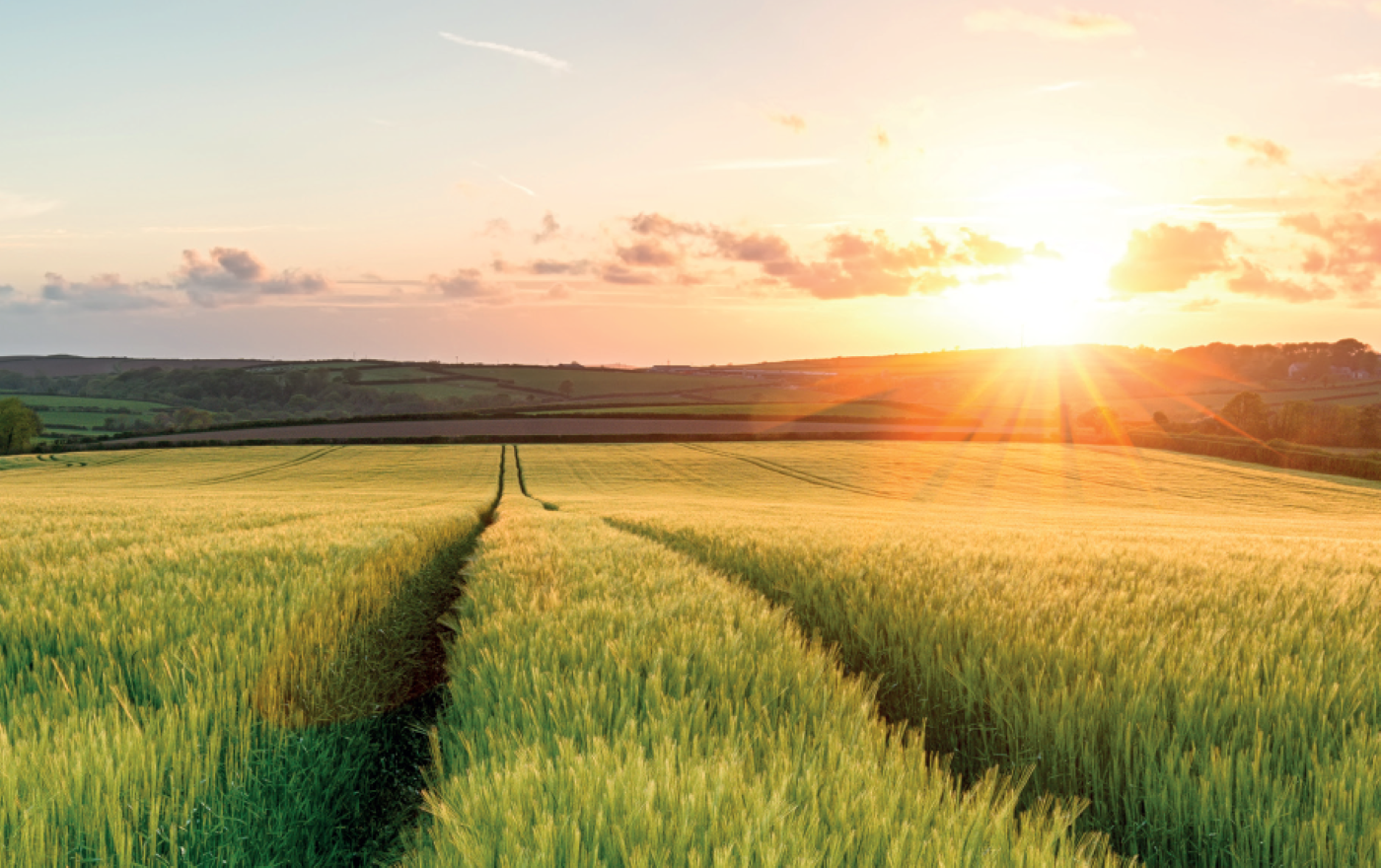Preparing to drill


It is now a legal requirement that adequate seed drilling equipment shall be used to ensure a high degree of incorporation in soil, minimisation of spillage and dust emission. Always ensure that drills are properly maintained and calibrated. Before starting work, check that drill components and coulters are set up correctly.
Take time to prepare good seedbeds appropriate for the crop and the drill that is to be used. If a contractor is going to drill your crop, discuss seedbed preparation with them beforehand.
Handle large or heavy bags safely (fork lift operator must be trained). Before handling or drilling seed, take these precautions:
In the past, the risk of dust emission from seed seldom received the same focus as spray drift. However, there are some situations where this comparison is relevant. Pneumatic precision drills with a vacuum-based sowing system are used for some crops such as maise; these can emit exhaust air into the environment. Dust can drift considerable distances on windy days, so you need to consider wind strength and direction abrasion of seed before loading and by the drill can result in low concentrations of seed treatment active substances being emitted in the dust.
To minimise this risk, it's important to avoid creating unnecessary dust and prevent discharge of any dust created by drills. The first step, is to check that seed delivered on farm is not obviously dusty. If it is, don't use it, but return it to the supplier for exchange or reprocessing.
|
Dust left in seed bag must be disposed of safely |
Mechanical and pneumatic pressure drills operate so that dust is not discharged into the air. They therefore don't pose a great risk when used as per manufacturers' recommendations. However, older conventional vaccum-type pneumatic drills are likely to need adapting with an engineering control to discharge the drill's air stream into the soil or close to the surface. This will minimise emission or abraded seed treatment particles from drills. Drills now on the market are supplied ready adapted.
|
|
If you have an older vacuum drill, or one that you haven't used recently, please contact your drill manufacturer; they may provide a modification kit.
These are one of the greatest risks and usually caused by poor operational practice such as:
Any size spill is important. Deal with is immediately.
Always catch seed when checking drill.
|
|